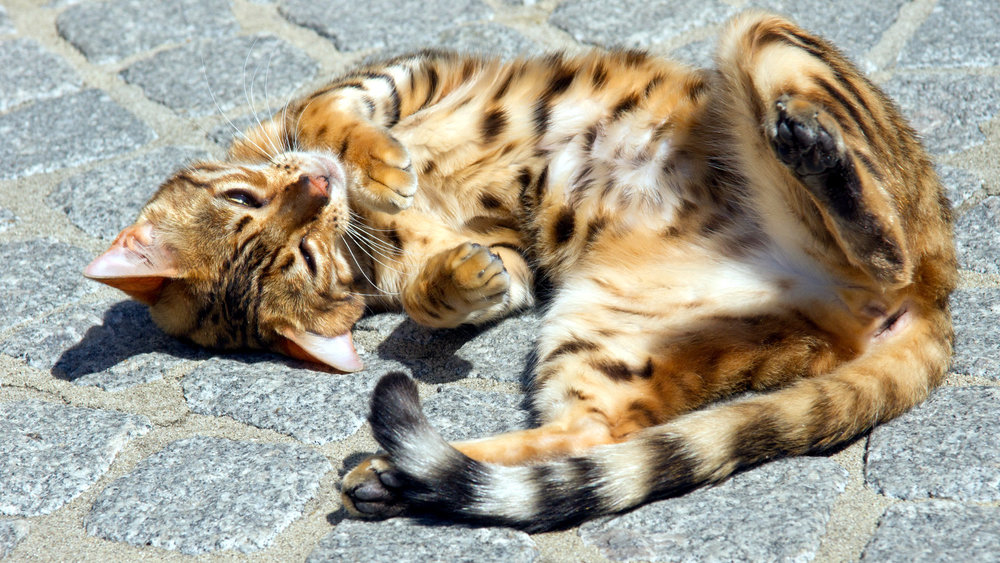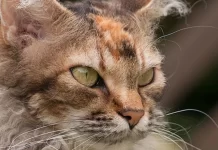Last Updated on September 20, 2021 by Fumipets
“Do dogs and cats have belly buttons?” is a topic that many animal lovers, young and old, wonder about. Given that cats lack the apparent “innies” and “outies” that humans have, it’s a fair inquiry. Yes, cats have belly buttons, in a nutshell.
What’s A Belly Button?
All animals have a belly button, also known as a navel — or umbilicus if you want to be very scientific. Cats have belly buttons because they are mammals. It served a function, just like everything else anatomical. The umbilical cord linked the mother and unborn baby (or, in this instance, queen and unborn kitten) at the belly button. As a kitten grows and thrives in his mother’s womb, he needs nutrition. He takes his nutrition from his mother’s flesh since he can’t cry out for Meow Mix. The kitten needs oxygen as well, which is supplied through the umbilical cord. The umbilical cord transports these vital nutrients to the kittens, as well as waste from the kittens back to the mother’s body for disposal.

Then What?
The umbilical cord connects a kitten to its mother after she is born. The umbilical cord of each kitten in the litter is unique. The placenta is delivered after the kitten is completely out of the womb and is connected to the kitten through the cord. A kitten’s oxygen and nutrition will continue to come from the placenta in the initial few minutes of her existence outside the mother. The kitten will eventually make a strong meow, signalling that she can now take oxygen on her own. The chord’s blood flow will stop, and the cord will no longer be required.

What Happens Then?
The mother cat sucks the cord until it separates from the placenta and then consumes it. This helps to keep the nest clean, deters potential predators, and provides additional nourishment to the mother. The umbilical cord will remain connected to the kitten until it dries out and comes off naturally. Some people try to assist their cat by cutting the cord or tugging on the kitten’s chord excessively, but it’s always better to let nature handle things. All that’s left of the kitten’s life-sustaining organ when the cord dries up and comes off is the belly button.

Belly Button Or Spay Scar?
As the kitten develops, the belly button shrinks to the point where only the most experienced cat person with 20/20 eyesight can identify it. This is an issue for those who work in shelters. When a stray female cat is brought to a shelter, the caregivers must learn all they can about her. They want to know whether the cat is healthy if she’s been spayed, and if she has any communicable illnesses. They may shave the cat’s tummy to improve its appearance. They will see a white scar that is extremely little and nearly undetectable. Is it, however, a belly button? Is that a spay incision, or something else? It’s not always feasible to tell. As a result, many veterinarians are now applying a drop of blue tattoo ink to the spay incision so that anybody looking at her in the future may see the blue ink and know she has been spayed. This eliminates the need for costly ultrasound equipment or surgery that isn’t required.


















